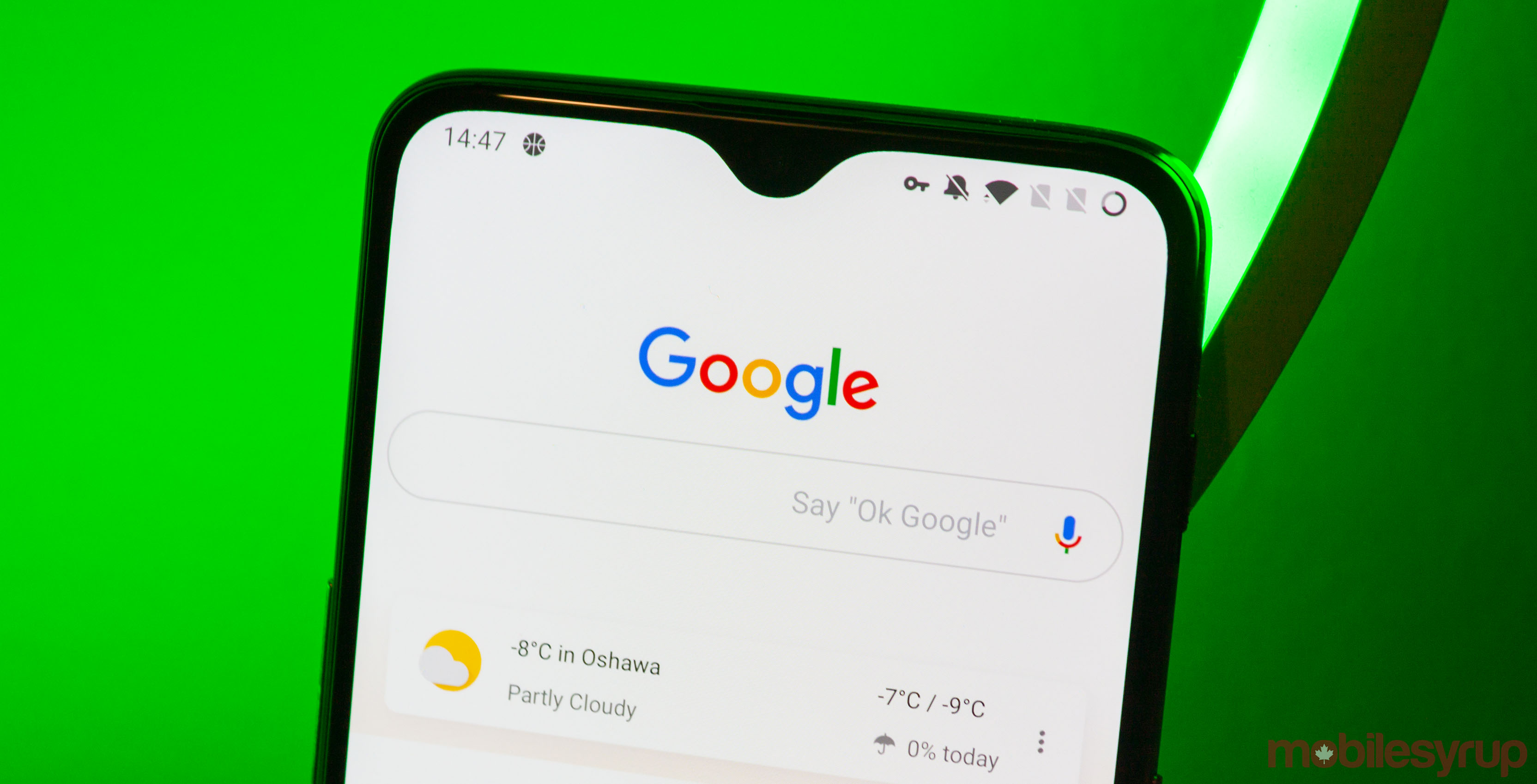
Google recently released the fifth annual Android Security Year in Review report. In the report, the search giant notes that the overall health of Android’s ecosystem improved.
This comes despite an increase in the number of potentially harmful application (PHA) downloads, an increase from 0.02 in 2017 to 0.04 in 2018. Google attributes the uptick to changes it made to methodology, specifically that the company now includes click fraud in the PHA category.
Google says that if you remove the click fraud numbers from the statistics, PHAs available on the Play Store fell by 31 percent year-over-year.
The report also outlines how Google approaches security and privacy on Android, as well as some of the new things the company has introduced this year to improve safety.
According to the report, Google has a three-pronged approach to security. It uses a layered approach, such as the use of OS-level defence, app safety defence and human research and analysis, among other things, to create multiple barriers for attackers and PHAs. The company also uses transparency to build trust around its platform, publishing threat research and more to help communicate how it’s working to improve security. Finally, Google says it works with some of the best security and computer science professionals and backs Android with its own AI, cloud security and more.
Monthly security updates, Play Protect upgrades improve security
The report also outlines some of Google’s security programs, such as monthly security updates and the use of Google Play Protect.
Monthly security updates, for example, help Google keep on top of new security threats and offer patches for users quickly. As of December 2018, the company says over 95 percent of deployed Google Pixel 3 and 3 XL devices ran a security update from the last 90 days.
As for Play Protect, Google boasts that its the most widely deployed mobile threat protection service in the world. Play Protect scans over 50 billion apps every day across more than two billion devices, according to the report.
Further, Google added new features to Play Protect in 2018 to improve it. This includes enabling Play Protect out of the box, notifying users when they install apps outside the Play Store that are new or rarely installed, creating new, contextual warnings if a user is about to launch a PHA and the ability to disable apps that violate Google Play policies.
Google also started scanning for pre-installed PHAs and created the Build Test Suite (BTS) for OEM partners to check for security issues in a system image. If BTS finds a PHA, Google works with the OEM to remediate and remove the PHA.
According to the report, BTS stopped 242 builds containing PHAs from entering the ecosystem.
The report is packed with data, insights and more about security improvements over the past year. However, Google’s best efforts may not be enough. Reports of malicious apps keep surfacing, showing that Google’s protections have cracks.
You can learn more and read the report here.
Source: Google
MobileSyrup may earn a commission from purchases made via our links, which helps fund the journalism we provide free on our website. These links do not influence our editorial content. Support us here.


